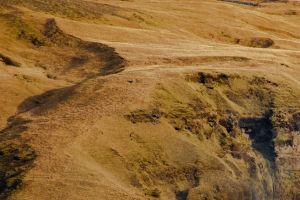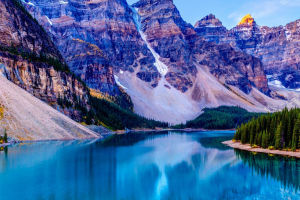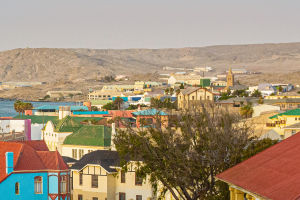Located in Tenerife, Spain's Canary Islands, Teide National Park covers nearly 19,000 hectares. The national park is centered on Mount Teide, the highest mountain in Spain at 3,718 meters above sea level.
Mount Teide is the highest volcano in the Atlantic Islands and the third-highest in the world, reaching a height of 7,500 meters from the bottom of the sea, and was inscribed on the UNESCO World Heritage List on June 28, 2007.
Since the end of 2007, it has been one of the 12 treasures of Spain. On the ridge east of Teide is the telescope of the Teide Observatory. Teide is the most visited national park in Spain and by 2015 it became the eighth most visited place in the world, with about 3 million visitors per year. In 2016, there were 4 million visitors.
The Canary Islands are located in the Mid-Atlantic Ocean southwest of Morocco and northwest of Western Sahara, near the Madeira Islands in Portugal to the north, and are one of Spain's 17 autonomous communities.
The Canary Islands cover an area of 7,273 square kilometers and have a population of approximately 2.09 million people. The eastern island group includes Lanzarote, Fuerteventura, and six small islands; the western island group includes Tenerife, Gran Canaria, Palma, Gomera, and Ferro.
Like the other Canary Islands and volcanic islands in general, Tenerife was formed by the accumulation of large shield volcanoes, three of which were formed in a relatively short period. This early shield phase volcanism dates back to the Miocene and early Pliocene, and such volcanism formed the bulk of the Tenerife volcanoes.
Teide National Park is one of the world's bases for volcanic researchers, and while Hawaii's volcanoes have less evolved magma, Teide has more evolved and differentiated magma. Mount Teide last erupted in 1909. In 1492, Christopher Columbus passed through Tenerife on his voyage to explore the New World. In his report, he claimed to have seen "a great fire in the Orotava Valley".
In 2003, there was an increase in seismic activity at the volcano and a rift in the northeast flank. Although no eruption occurred, lava material with a volume of about 1011 cubic meters was monitored rising into the volcanic channels.
Volcanologists consider Mount Teide's current state to be unstable, with numerous small active vents at the top of the volcano emitting sulfur dioxide, hydrogen sulfide, and other gases. A 2009 study concluded that Mount Teide could erupt violently in the future, with a structure similar to that of Vesuvius and Mount Etna.
On January 22, 1954, the Spanish government declared Teide National Park, which became one of three national parks in Spain, and in 1989, the Council of Europe classified it as a European Protected Area of the highest order, which it continues to be today.
In 2002, to celebrate the 50th anniversary of the park's transformation into a national park, the Spanish governing body applied to have the park declared a UNESCO World Heritage Site. At the end of 2007, the park was selected as one of the 12 treasures of Spain by the Spanish.


